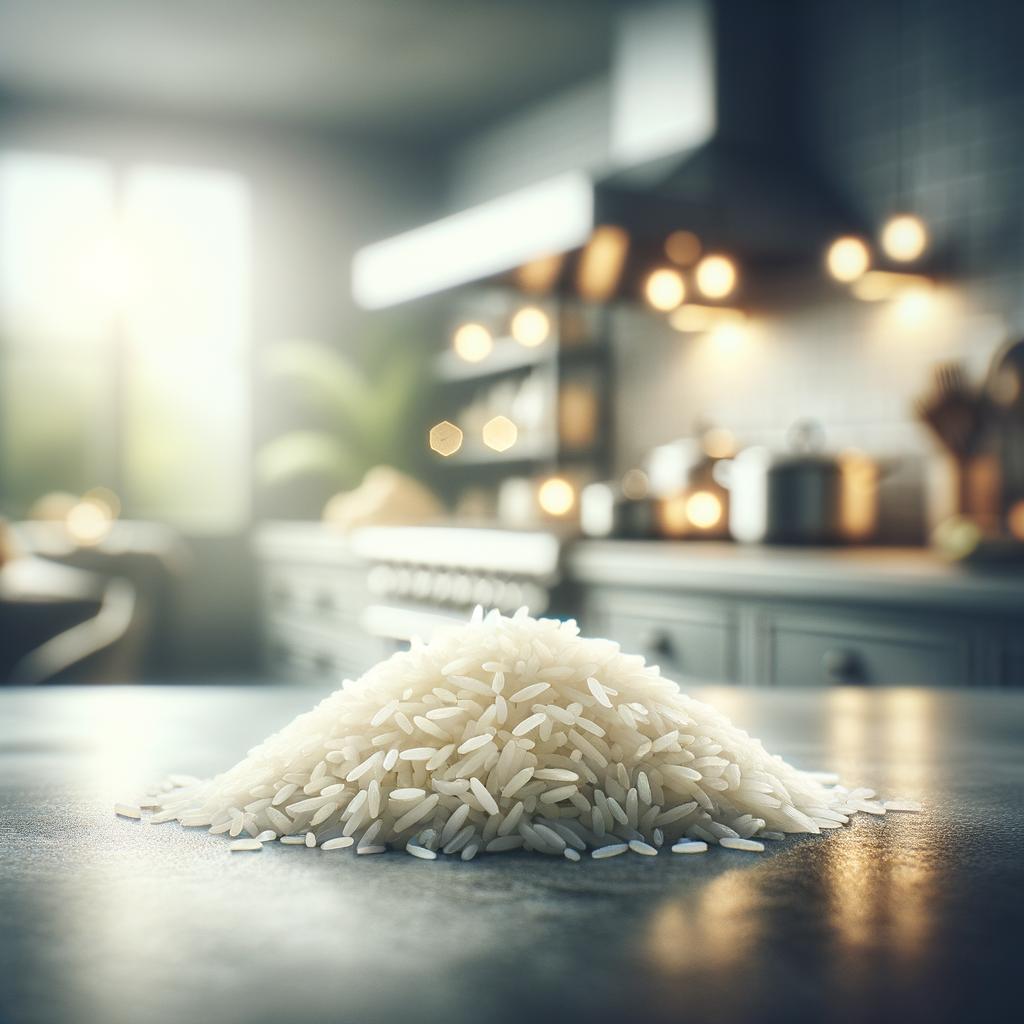Cooked Rice

Description Rice, a humble grain, is a staple food for more than half of the world's population. Cooked rice, in its myriad forms, presents a soft, fluffy texture that's both comforting and versatile. Its appearance varies from the pearly, translucent grains of sticky rice to the elongated, separate grains of basmati. The flavor profile is subtly nutty and earthy, a canvas that readily absorbs the flavors of the ingredients it's paired with. What sets rice apart from similar grains is its incredible diversity. From the short-grained sushi rice of Japan to the fragrant jasmine rice of Thailand, each variety has its own unique characteristics and applications.
Primary Uses Cooked rice is a culinary chameleon, seamlessly fitting into a multitude of dishes across various cuisines. It's the star in the comforting Italian risotto, the hearty Spanish paella, the fragrant Indian biryani, and the simple, yet satisfying, Chinese fried rice. It serves as a base in many dishes, soaking up the flavors of sauces, or as a side, complementing main dishes. In addition to its culinary uses, rice has cultural and religious significance in many societies, often used in rituals and ceremonies.
History Rice has a rich and romantic history, dating back to 5000 BC in China, where it was first domesticated. It quickly spread across Asia, reaching India and the Philippines, before making its way to the Mediterranean and Africa. In each region, it adapted to the local climate and culture, resulting in the diverse varieties we have today. The story of rice is intertwined with the story of civilization itself, from the rice terraces of the Philippines to the paddy fields of Japan, it has shaped landscapes and societies alike. In folklore, rice is often associated with prosperity and fertility, and is thrown at weddings as a symbol of good luck.
Nutritional Information Cooked rice is a good source of energy, primarily in the form of carbohydrates. It also provides essential nutrients like vitamins B1 (thiamin) and B3 (niacin), and minerals such as iron and zinc. Brown rice, with its intact bran layer, offers additional fibre and nutrients compared to white rice. However, it's important to be mindful of portion sizes, as overconsumption can lead to weight gain. When compared to other grains like wheat and quinoa, rice is lower in protein and fibre but is gluten-free, making it a suitable option for those with gluten intolerance. The story of rice is one of diversity, adaptability, and universal appeal, much like the grain itself.

